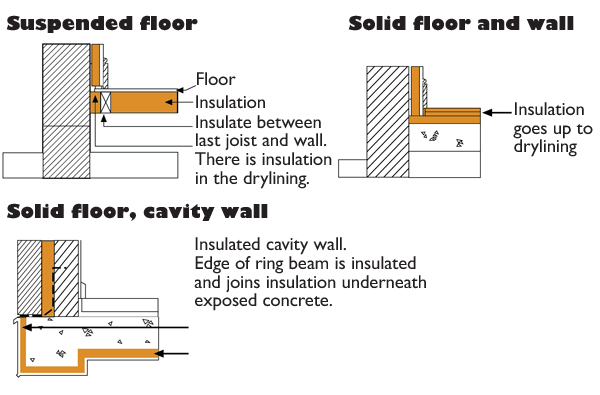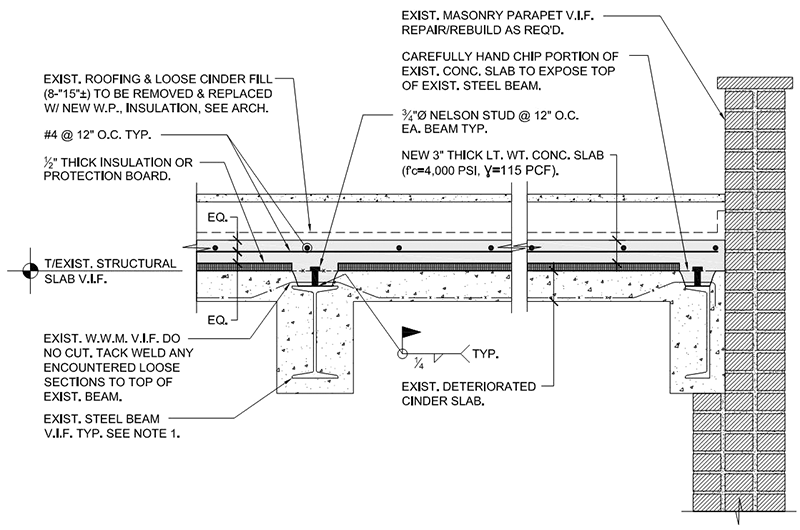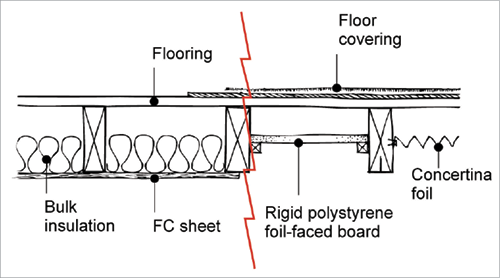Concrete Floor Insulation Thickness Building Regulations
This has led to an increased use of heated concrete floors or screeds.
Concrete floor insulation thickness building regulations. However if such an upgrade is not technically or functionally feasible the element should be upgraded to the best standard which can be achieved within a simple payback of no greater than 15 years. If the insulation is going below the slab the damp proof membrane dpm is laid next followed by the insulation a polythene separating layer and the concrete slab. Depending on the use of the building the slab can then be finished ready for use or receive a screed suitable for a floor finish. There will be a damp proof membrane under the insulation and possibly a second membrane on top depending on the type of screed.
This week we will be looking at the building regulations or standards that will have to be met when carrying out this work. Here at concrete flooring solutions we have m any years of experience in supplying and installing the highest quality concrete floors on the uk market. The building regulations require that in some circumstances the floor should contain insulation to achieve the heat loss estimates for the room and or house as a whole. As the type and thickness of insulation you use will depend on this.
Floor insulation designing buildings wiki share your construction industry knowledge. In this scenario a rigid foam insulation is usual and as you d want the same u value in the roof we need the same thickness of insulation 180mm. February 17th 2020 building regulations for concrete floor construction. Therefore insulation as a means of reducing heat loss is typically installed on the ground floor.
However it may also be provided in upper floors between heated and unheated areas. A concrete floor can be termed cold i e. Insulation under ground floor slabs is a good way of meeting the increased requirements of parts l f of the building regulations. The first thing to check is the construction of the wall as next time we will look at the best methods of insulating them.
The installation of insulation in your floor must meet the minimum energy efficiency values set out in the approved documents. These sections deal with in one way or another the values called u values which a home should be insulated to and the energy which is saved by implementing this insulation. Our skills and knowledge base have developed as time has gone on meaning that we have always kept up to date with our equipment for carrying out installations and. This has led to an increased use of heated concrete floors or screeds.
Concrete placed below the insulation or warm i e.












































